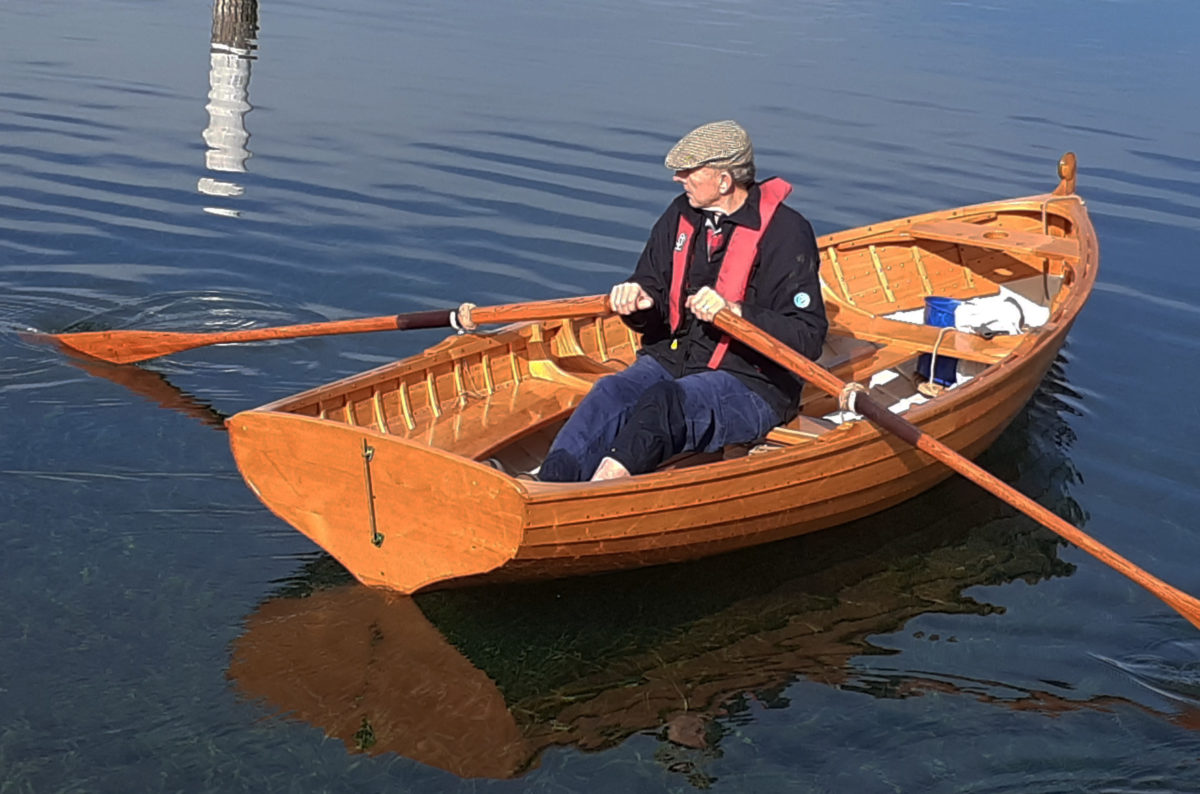
Designing a Wooden Dinghy for Quick Water Access
A wooden dinghy is a timeless and elegant vessel, perfect for navigating calm waters and accessing remote shorelines. For those seeking quick and efficient water access, a well-designed dinghy can be an invaluable asset. This article will delve into the key considerations for crafting a wooden dinghy that prioritizes swift and effortless entry and exit from the water.
Hull Design and Stability
The foundation of a dinghy’s quick water access lies in its hull design. Choosing the right shape and construction techniques can significantly influence its performance.
Shallow Draft
A shallow draft is crucial for accessing shallow waters and beaches. A flat bottom or a slightly V-shaped hull with a shallow keel are common choices. These designs allow the dinghy to glide over shallow sandbars and navigate tight spots with ease.
Stability and Buoyancy
Stability is paramount for safe and effortless entry and exit. A wider beam and ample freeboard provide greater stability, making it easier to step in and out without fear of capsizing. Incorporating buoyancy chambers or air tanks can further enhance stability and provide extra floatation in case of unforeseen events.
Rowing and Propulsion Systems
The choice of rowing and propulsion systems directly impacts the efficiency of water access. A well-designed rowing system offers smooth and effortless movement, while a reliable motor can provide quick and efficient propulsion when needed.
Lightweight Oars and Rowlocks
Using lightweight oars and rowlocks minimizes exertion during rowing. Opt for high-quality materials like carbon fiber or lightweight wood. Consider the placement and design of rowlocks to ensure optimal leverage and rowing efficiency.
Motor Integration
For those seeking motorized propulsion, carefully consider the motor size and mounting location. A lightweight, efficient outboard motor is ideal, offering a balance between power and maneuverability. The motor should be easily detachable for storage and transport.
Steering System
A simple and responsive steering system is crucial for navigating tight spaces and maneuvering quickly. A traditional tiller steering system offers straightforward control, while a more advanced cable-operated steering system provides smoother operation and reduced physical effort.
Construction Techniques for Quick Water Access
The construction techniques employed for a wooden dinghy play a significant role in its performance and longevity. Choosing the right materials and methods can optimize its handling and durability.
Lightweight Wood Selection
Lightweight woods like cedar, mahogany, or spruce are preferred for dinghy construction, minimizing overall weight and maximizing rowing efficiency. These woods also offer excellent strength and durability, ensuring a long lifespan for the vessel.
Plywood Construction
Plywood is a popular choice for dinghy construction due to its strength, affordability, and ease of working with. Marine-grade plywood is recommended for its resistance to moisture and rot.
Gluing and Fastening
Using high-quality marine-grade epoxy and fasteners is essential for creating a strong and watertight hull. The epoxy should be applied in multiple layers, ensuring proper adhesion and preventing leaks.
Features for Enhanced Water Access
Several features can further enhance quick and effortless water access from a wooden dinghy. These features can simplify the process and provide a comfortable and secure experience.
Easy-to-Grab Handles
Incorporating sturdy handles on the bow and stern of the dinghy allows for easy lifting and maneuvering. These handles should be strategically placed for comfortable and secure gripping.
Wide Gunwales
Wide gunwales provide a stable platform for stepping in and out of the dinghy. This is especially important for those with limited mobility or in rough water conditions.
Non-Slip Flooring
A non-slip floor covering, such as marine-grade carpet or textured paint, prevents slipping and improves stability while boarding and disembarking.
Storage Compartments
Built-in storage compartments under the seats or along the gunwales offer convenient storage for essential gear, keeping the dinghy organized and efficient.
Conclusion
Designing a wooden dinghy for quick water access requires a careful consideration of hull design, propulsion systems, construction techniques, and additional features. By prioritizing shallow drafts, stability, lightweight construction, and user-friendly features, you can create a vessel that offers effortless entry and exit, making it a versatile and enjoyable companion for your water adventures.
0 comments:
Post a Comment
Note: Only a member of this blog may post a comment.